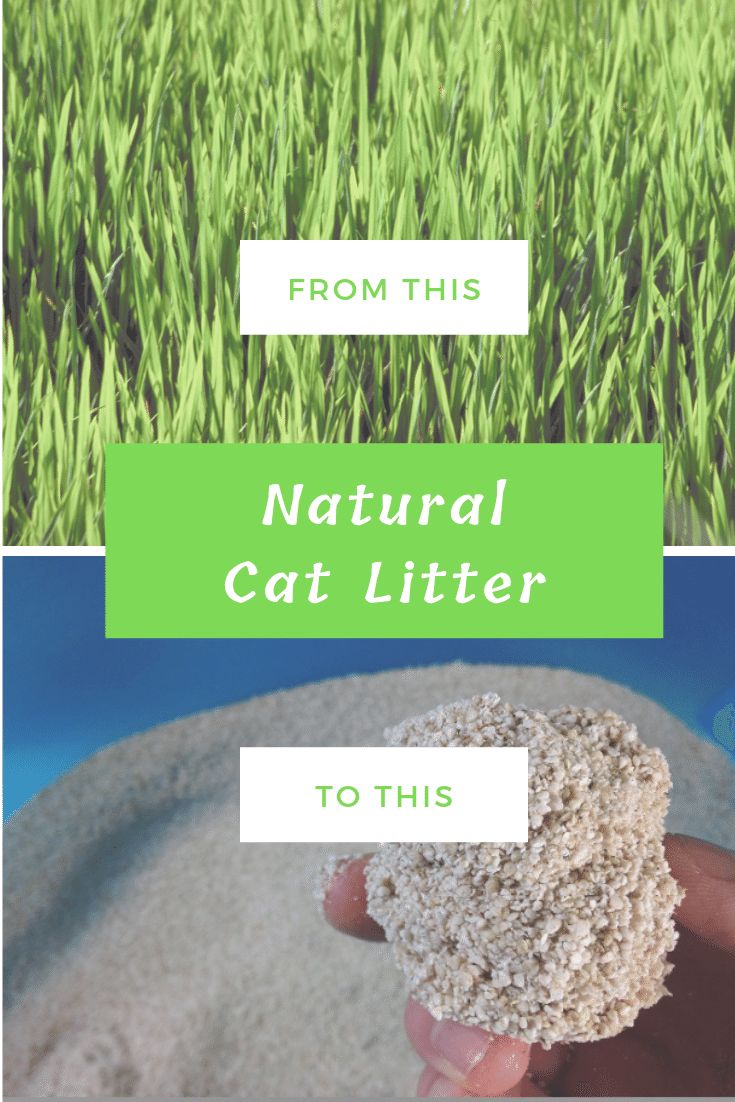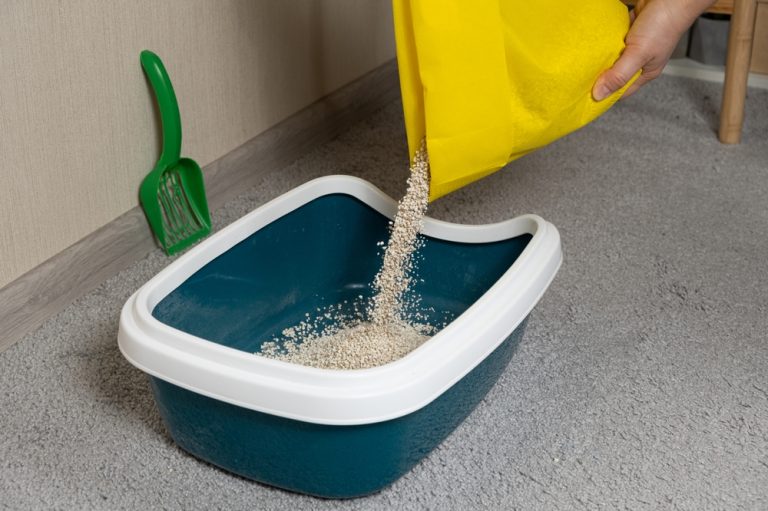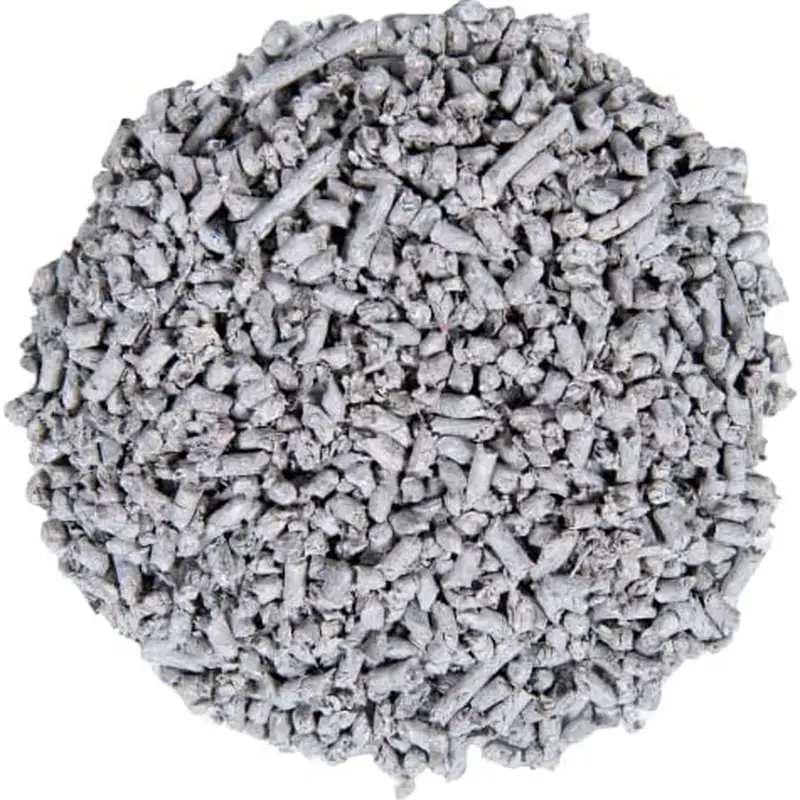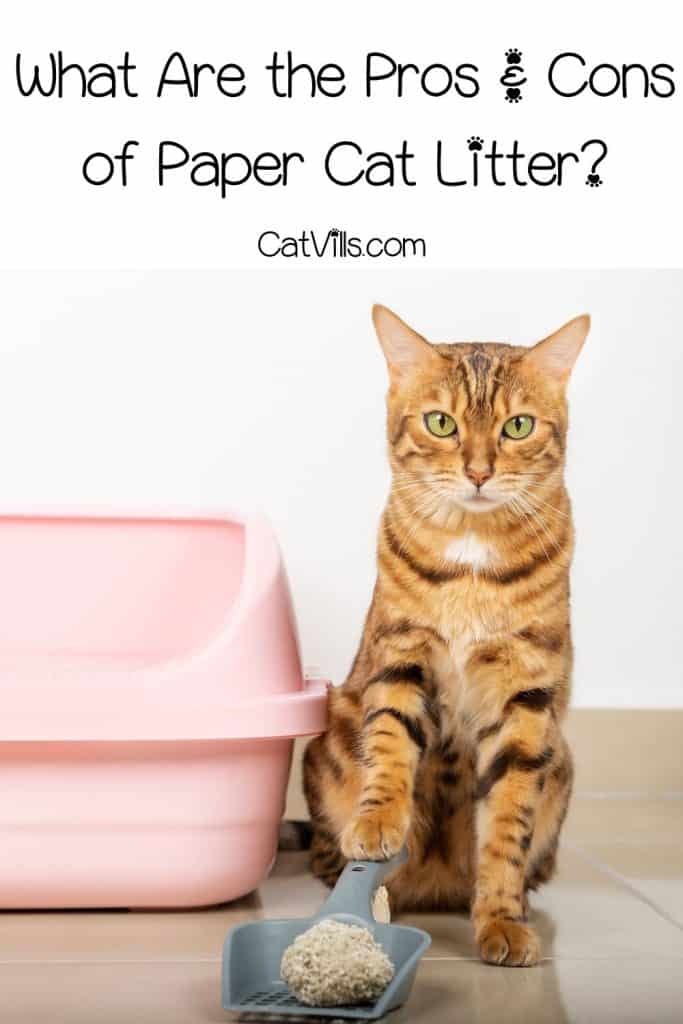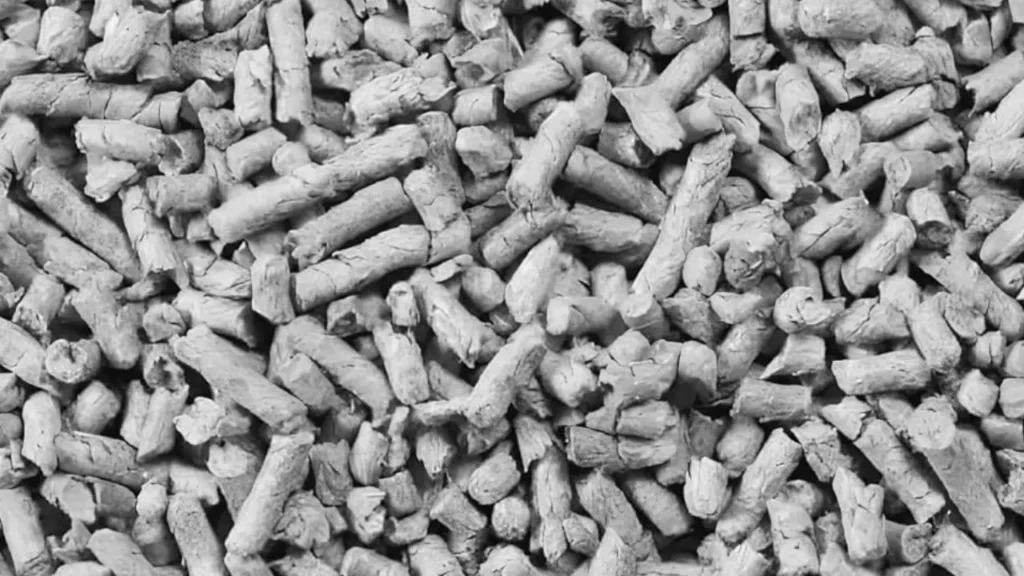Paper Cat Litter Pros And Cons

Imagine stepping into your sun-drenched living room. Sunlight streams through the window, illuminating dust motes dancing in the air. A fluffy ginger cat, *Mittens*, stretches luxuriously on a nearby cushion, then ambles towards her litter box. But instead of the usual gritty scent, a faint, almost papery aroma fills the air, a subtle hint that things are different, cleaner, perhaps even…better?
The world of cat litter is constantly evolving, and one contender gaining popularity is paper litter. But is it the right choice for your feline friend and your home? This article explores the pros and cons of paper cat litter, offering insights to help you make an informed decision.
The Rise of Paper Litter: An Eco-Friendly Alternative
Traditional clay litters have long been the standard, but concerns about their environmental impact and dust content have led many cat owners to seek alternatives. Paper litter, often made from recycled newspapers or other paper products, has emerged as a leading option.
The appeal is clear: reducing landfill waste and minimizing dust exposure for both cats and humans. But the benefits extend beyond these initial advantages.
Environmental Advantages
One of the most significant draws of paper litter is its eco-friendliness. Most paper litters are made from recycled materials, diverting waste from landfills. This aligns with the growing desire among pet owners to make sustainable choices.
Furthermore, some paper litters are biodegradable, meaning they can break down naturally under the right conditions, further reducing their environmental footprint. This biodegradable aspect is a significant selling point for environmentally conscious consumers.
Dust Control and Allergies
Traditional clay litters are notorious for producing dust clouds when poured or when cats dig and cover their waste. This dust can be irritating to both cats and humans, especially those with allergies or respiratory sensitivities.
Paper litter, on the other hand, is virtually dust-free. This makes it a far more comfortable option for sensitive cats and their owners, minimizing sneezing, coughing, and other allergy symptoms.
Weighing the Drawbacks
While paper litter boasts impressive advantages, it's essential to consider its potential drawbacks before making the switch.
These include odor control, cost, and texture preference among cats. Understanding these potential issues can help you determine if paper litter is the right fit for your household.
Odor Control: A Potential Challenge
One of the most common concerns with paper litter is its ability to control odors. While some brands excel at odor absorption, others may struggle to mask the smell of urine and feces effectively.
This can be particularly problematic in multi-cat households or in homes where the litter box is located in a high-traffic area. Regular scooping and the use of odor-neutralizing additives may be necessary to mitigate this issue.
"Odor control is a key factor for many cat owners," explains *Dr. Emily Carter*, a veterinarian specializing in feline health. "It's important to choose a paper litter specifically formulated for odor absorption and to maintain a consistent cleaning schedule."
Cost Considerations
Paper litter can sometimes be more expensive than traditional clay litter, depending on the brand and quantity purchased. This higher price point can be a deterrent for budget-conscious cat owners.
However, it's important to consider the long-term value. The lower dust levels of paper litter can contribute to better respiratory health, potentially reducing veterinary bills in the long run.
Texture and Acceptance by Cats
Cats can be notoriously finicky about their litter, and some may not readily accept the texture of paper litter. The softer, less granular texture can feel different under their paws compared to the familiar grit of clay litter.
This can lead to litter box avoidance, a frustrating issue for both cats and their owners. A gradual transition, mixing paper litter with the existing litter, can help ease the transition and encourage acceptance.
Some cats may simply prefer the texture of clay, regardless of environmental benefits. In such cases, it's crucial to prioritize the cat's comfort and well-being, even if it means sticking with traditional litter.
Making the Switch: Tips for Success
If you're considering switching to paper litter, there are several strategies to increase your chances of success. These include gradual transition, choosing the right brand, and maintaining a clean litter box.
Patience and observation are key to ensuring a smooth and positive experience for both you and your feline companion.
Gradual Transition
The most effective way to introduce paper litter is through a gradual transition. Start by mixing a small amount of paper litter with your cat's existing litter, gradually increasing the ratio over several weeks.
This allows your cat to acclimate to the new texture and scent without feeling overwhelmed. Monitor your cat's behavior closely during this transition, looking for any signs of stress or litter box avoidance.
Choosing the Right Brand
Not all paper litters are created equal. Some are more absorbent, better at controlling odors, or have a softer texture than others. Experiment with different brands to find one that suits your cat's preferences and your needs.
Read online reviews and compare product specifications to make an informed decision. Look for brands that specifically address odor control and are made from high-quality recycled materials.
Maintaining a Clean Litter Box
Regardless of the type of litter you use, regular scooping and cleaning are essential for maintaining a hygienic and odor-free environment. Scoop the litter box at least once a day, and thoroughly clean and disinfect it every few weeks.
This will not only help control odors but also encourage your cat to use the litter box consistently. A clean litter box is a happy litter box, and a happy cat is a happy owner.
Beyond the Basics: Exploring Advanced Options
Beyond the basic recycled paper litter, some advanced options offer additional benefits. These include litters with added odor neutralizers, clumping paper litters, and even flushable varieties.
Exploring these options can help you fine-tune your litter experience and find the perfect solution for your specific needs.
Clumping Paper Litter
Traditional paper litter is non-clumping, which means that urine is absorbed rather than forming solid clumps. Clumping paper litter offers the convenience of easy scooping, similar to clay litter.
This can make cleanup easier and more efficient, especially in multi-cat households. However, clumping paper litter may be more expensive than non-clumping varieties.
Flushable Paper Litter
Some paper litters are marketed as flushable, meaning they can be safely disposed of in the toilet. This can be a convenient option for some cat owners, eliminating the need to carry heavy bags of used litter to the trash.
However, it's important to check with your local wastewater treatment plant to ensure that flushable litter is permitted in your area. Improper disposal of litter can clog pipes and strain the sewage system. Always follow the manufacturer's instructions carefully when flushing litter.
Conclusion: A Responsible Choice for a Healthier Home
Paper cat litter presents a compelling alternative to traditional clay litters, offering significant environmental benefits and reduced dust levels. While odor control and initial cost may be considerations, the advantages often outweigh the drawbacks, especially for environmentally conscious cat owners and those with allergies.
By carefully considering your cat's preferences, exploring different brands, and implementing a gradual transition, you can successfully switch to paper litter and create a healthier, more sustainable home for both you and your feline companion. The soft rustle of paper under *Mittens'* paws, the absence of dust motes dancing in the sunbeam, the faint, clean scent – it's a small change, but one that resonates with a commitment to a cleaner, greener world.
